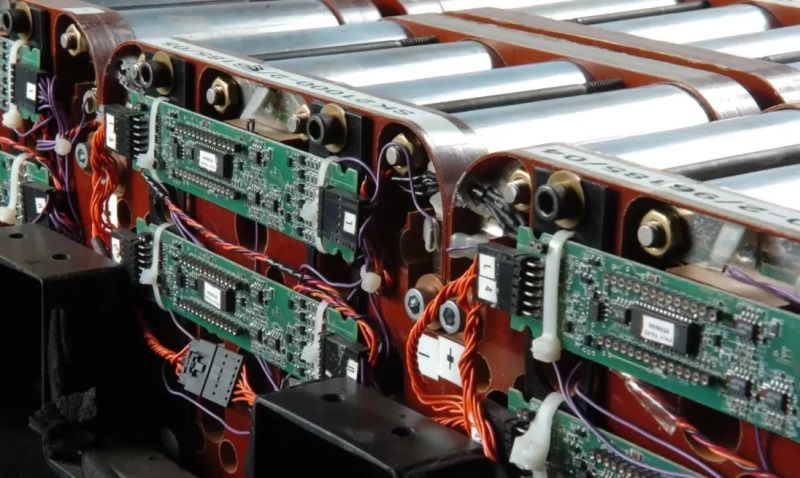Chinese scientists have figured out how to extend the life of lithium-ion batteries


A group of researchers from China has developed a technology that will restore the capacity of old lithium-ion batteries by adding new portions of lithium to them. This approach will significantly extend the service life of batteries, but at this stage the technology is only applicable on an industrial scale, for example, in energy storage systems.


Image source: techspot.com
Aging of lithium-ion batteries is influenced by several factors, including the growth of the interphase layer of solid-state electrolyte on the anode, which absorbs lithium ions and increases resistance. Over time, this is compounded by electrode degradation and electrolyte breakdown, which generally leads to a decrease in battery capacity.
The usual solution to the problem of worn-out batteries is to replace them. However, Chinese scientists have taken a different approach to the issue. They used an AI-based algorithm and the laws of organic chemistry to create a special lithium-containing compound that releases lithium when it enters a battery with a certain voltage.
Using this technology, scientists were able to almost completely restore the capacity of a heavily degraded lithium iron phosphate battery that had lost 15% of its capacity. Overall, scientists believe that the technology they developed could potentially increase the service life of batteries by 12,000 to 16,000 charge and discharge cycles.
However, there are some nuances here. For example, the technology for adding lithium is only applicable to batteries of a certain design that will allow the lithium-containing substance to be pumped in. It is also unclear whether the technology will be relevant for consumer lithium-ion batteries, since they have a slightly different chemical composition than industrial batteries.
However, for large-scale energy storage systems, where getting the most out of expensive batteries is important, the ability to extend battery life by adding lithium is likely to not only cut costs but also make such systems more environmentally friendly. More details about the Chinese scientists’ research are published in the journal Nature.
Recent Posts
Nissan Leaf EV to Become NACS-Ported Compact Crossover in Third Generation
Nissan Leaf can rightfully be considered a long-liver of the electric car market, since the…
OpenAI expects to more than triple its revenue this year and then double it next year.
OpenAI, the market leader in generative artificial intelligence systems, remains nominally a startup, its financial…
OpenAI Decides to Hold 4o Image Generation Launch for Free Users
OpenAI has been forced to delay the release of ChatGPT's built-in image generator for free…
1440p and 240Hz for just $200: Xiaomi updates the 27-inch Redmi G27Q gaming monitor
Xiaomi continues to update its Redmi G27Q gaming monitor every year. The model was first…
Beware, Android is shutting down: OS development will cease to be public, but there is no reason to panic
Android device makers can significantly customize the look and feel of the operating system, but…
Fake GeForce RTX 4090s with RTX 3090 chips have started popping up in China — craftsmen are even changing the GPU markings
In China, scammers have started selling GeForce RTX 3090 graphics cards, passing them off as…